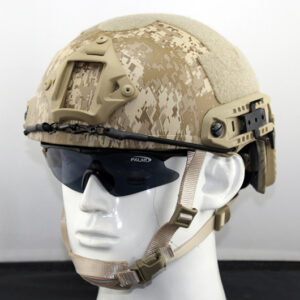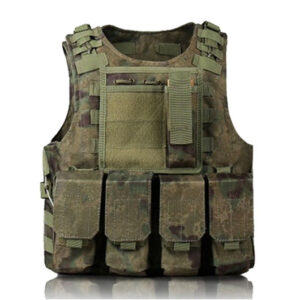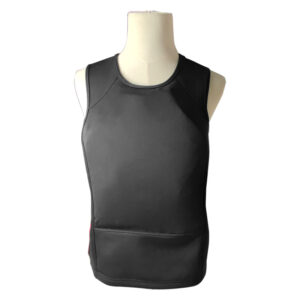The police duty belt is an integral part of a law enforcement officer’s equipment, serving as a platform to carry essential tools and gear. In this comprehensive guide, we will delve into the importance, components, and functionalities of the police duty belt. From its design and versatility to the significance it holds in officer safety and operational readiness, we will explore the various aspects that make the police duty belt an indispensable tool for law enforcement professionals.
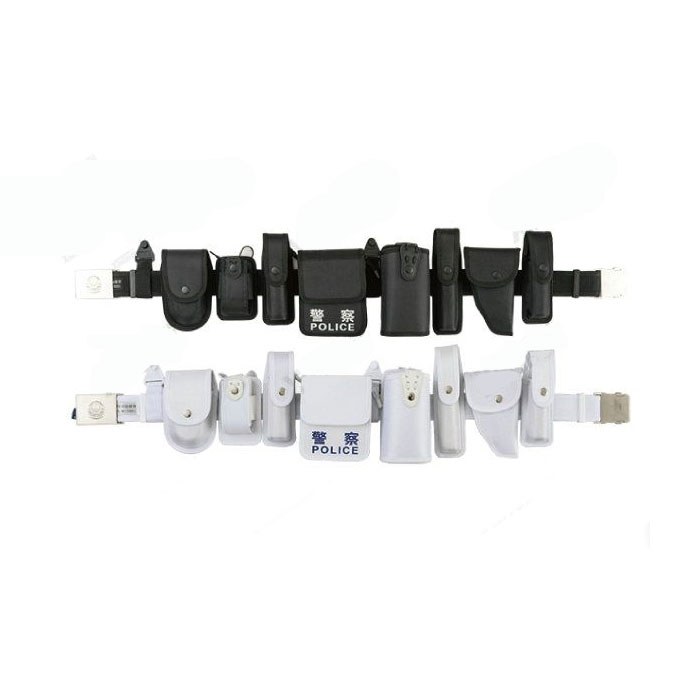
Section 1: Purpose and Significance
The police duty belt plays a critical role in law enforcement operations, providing officers with immediate access to essential equipment during their daily duties. By keeping tools such as firearms, handcuffs, batons, radios, pepper spray, and flashlights close at hand, the duty belt ensures that officers are equipped to respond swiftly and effectively to various situations they may encounter in the field.
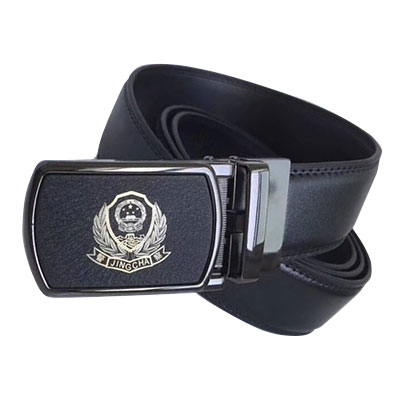
Section 2: Components and Configurations
The duty belt is a customizable system, allowing officers to tailor their gear setup based on individual preferences and operational requirements. It typically comprises a sturdy belt, pouches, holsters, and other attachments that can be arranged to optimize accessibility and weight distribution. Law enforcement agencies often provide guidelines on the placement and arrangement of gear to ensure consistency and uniformity among officers.
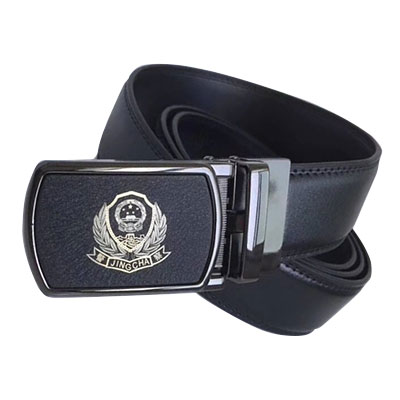
Section 3: Design and Ergonomics
Manufacturers of police duty belts understand the importance of ergonomic design and comfort. The duty belt is engineered to provide proper weight distribution, preventing strain and fatigue during extended periods of wear. Padded inner linings and adjustable straps enhance comfort, allowing officers to focus on their duties without distraction.
Section 4: Safety and Retention Mechanisms
One of the primary considerations in designing duty belt holsters is the safety and retention of firearms. Holsters feature various retention systems, such as thumb breaks, rotating hoods, or automatic locks, to secure the weapon while still allowing for quick and seamless draws when needed. These safety features protect both officers and the public from accidental discharges while ensuring that firearms remain easily accessible during critical situations.
Section 5: Versatility and Adaptability
The adaptability of the police duty belt allows officers to respond effectively to a wide range of scenarios. Modular systems enable the attachment of accessories and equipment holders, accommodating various tools required for specific assignments. This versatility ensures that the duty belt remains a practical and efficient solution for officers in different law enforcement roles.
Section 6: Training and Skill Development
While the police duty belt is an essential piece of equipment, proper training is equally crucial to maximize its effectiveness. Law enforcement agencies invest in comprehensive training programs that focus on holster draws, equipment retrieval, and situational awareness. Continuous skill development ensures that officers can utilize their duty belt with precision and confidence, enhancing their ability to protect and serve their communities.
The police duty belt is more than just a means of carrying equipment; it is a lifeline for law enforcement officers, providing quick access to essential tools and gear in critical moments. With its customizable design, ergonomic features, and retention mechanisms, the duty belt is a practical and indispensable tool for officers in their daily duties. By investing in quality duty belts and comprehensive training, law enforcement agencies ensure that their officers are well-prepared, equipped, and empowered to fulfill their duties and protect the communities they serve.
